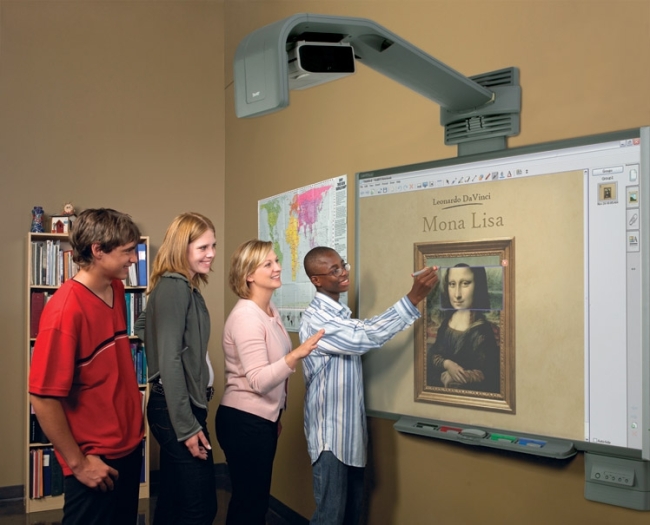After taking this course, I feel much differently about technology integration in education. Before taking EDIT 2000, I did not understand the importance or the capabilities that technology has within the field of education. I felt as though my instructor, Justine, was very helpful in my gaining of knowledge about how important technology can be to our future in schools.
What surprised me the most were the capabilities that technology gives our teachers and students. From Smartboards to Augmented Reality, there are so many things that need to be incorporated in our classrooms. I firmly believe that the tools of technology that we covered in this course should be a huge part of our future K-12 students, as well as college students’ learning.
Learning through technology seems to give kids more of a hands on approach to learning. In turn, students are more likely to be motivated to learn due to the use of technology. Doing the projects and stop animation in this class actually proved this to myself. I happened to enjoy doing these hands on activities in order to make a finished product at the end much more than I do in traditional textbook learning. Technology is our future in education. It is important that we appreciate it and make sure our instructors are well educated in how to incorporate it.



